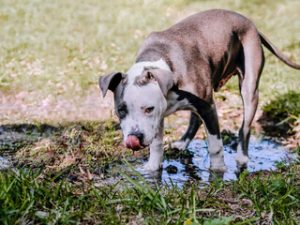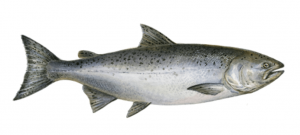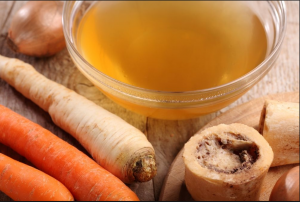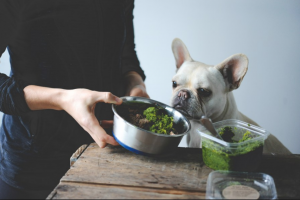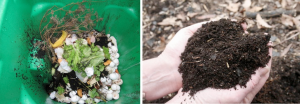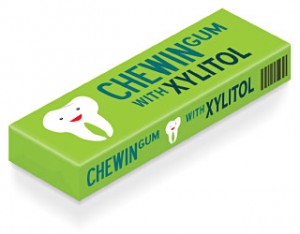Safety Tip For Dogs in Summertime:
Please remember, if you bring your dogs outdoors during a hot  summer day, as the day gets hotter pavement heats up much more than the air. Today it’s almost 100 degrees – we measured the pavement temperature and it was 141 degrees! This temperature can easily cause pain and blistering for dogs and verges on the temperature that could result in permanent damage to the pads (120 degrees can cause pain, 140 degrees can cause permanent damage after 1 minute of contact, and 150 degrees can cause instant damage). Please remember that the darker road temperature can often be hotter than the lighter sidewalk, but not by much – the sidewalk can be almost as hot, or in some places hotter. Bring dogs out in the earlier part of the day for their exercise, and keep an eye on their feet. Reach down and feel the pavement – leave your hand on it for a minute – can you leave it there? They might have slightly tougher feet than we do, but heat is heat, and tissue damage can occur. Blistered paw pads are no fun for either of you to deal with! A pair of boots wouldn’t be the worst idea if you know you have to be on hot pavement with them. Here’s a good article that mentions the device we use to measure pavement temps, and discusses this issue in greater depth. One tip from this link: the temperature of car seats can be very hot as well – he measured his at 150 – this is hot enough to cause damage. Make sure to travel with towels or a blanket to throw onto hot seats when traveling with a dog.
summer day, as the day gets hotter pavement heats up much more than the air. Today it’s almost 100 degrees – we measured the pavement temperature and it was 141 degrees! This temperature can easily cause pain and blistering for dogs and verges on the temperature that could result in permanent damage to the pads (120 degrees can cause pain, 140 degrees can cause permanent damage after 1 minute of contact, and 150 degrees can cause instant damage). Please remember that the darker road temperature can often be hotter than the lighter sidewalk, but not by much – the sidewalk can be almost as hot, or in some places hotter. Bring dogs out in the earlier part of the day for their exercise, and keep an eye on their feet. Reach down and feel the pavement – leave your hand on it for a minute – can you leave it there? They might have slightly tougher feet than we do, but heat is heat, and tissue damage can occur. Blistered paw pads are no fun for either of you to deal with! A pair of boots wouldn’t be the worst idea if you know you have to be on hot pavement with them. Here’s a good article that mentions the device we use to measure pavement temps, and discusses this issue in greater depth. One tip from this link: the temperature of car seats can be very hot as well – he measured his at 150 – this is hot enough to cause damage. Make sure to travel with towels or a blanket to throw onto hot seats when traveling with a dog.
You might even want to pick up a surface temperature reader for yourself to know when conditions are safe. You can find them for as little as $14.99 on Amazon.


